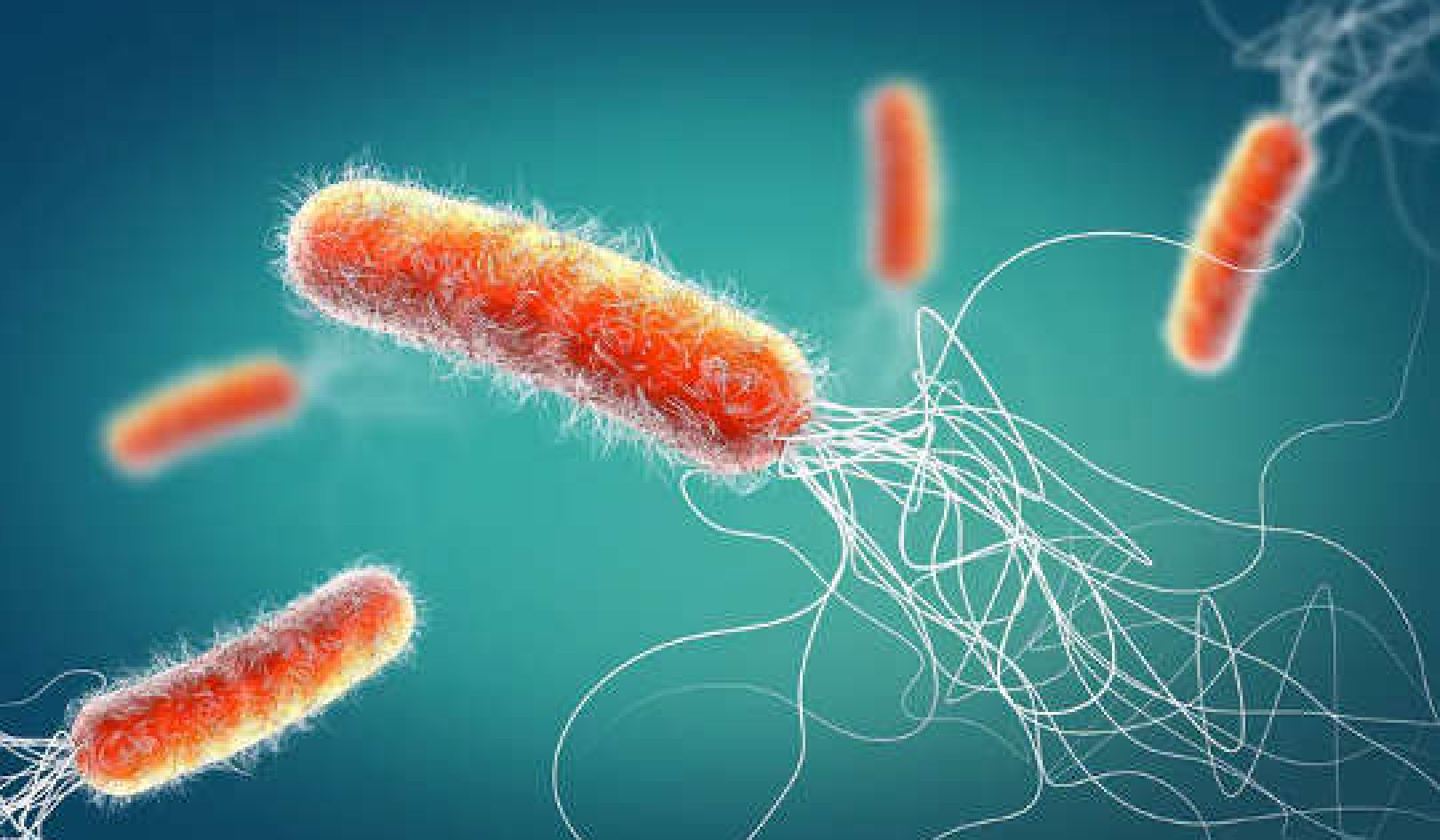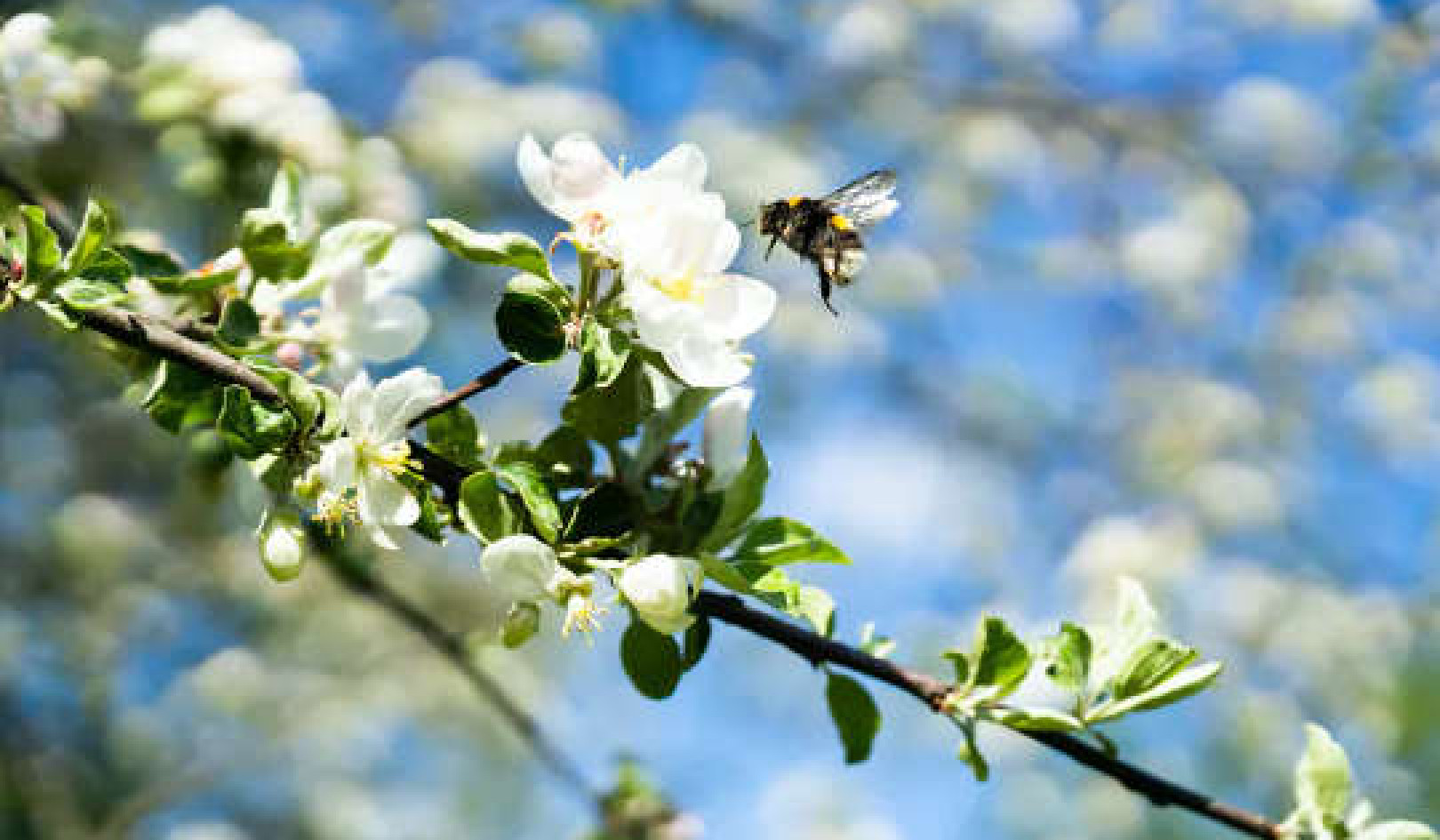
Sheets of self-disinfecting material could be applied to all sorts of frequently touched surfaces. stockyimages/Shutterstock
Cleaning and disinfecting frequently touched surfaces and objects (such as door handles) can help prevent the spread of infectious diseases. This is more relevant now than ever.
One way that COVID-19 can spread is when people who have the virus leave infected droplets on surfaces after sneezing or coughing. Studies have found SARS-CoV-2 (the virus that causes COVID-19) can survive on some surfaces for days – particularly those made of plastic or metal.
If another person touches an infected surface, and then touches their eyes, nose or mouth before having washed or sanitised their hands, it’s possible they could become infected. This is why hand washing has become such a focus during the pandemic.
Protect yourself and others from #coronavirus by regularly washing your hands with soap and water.@NHSuk has shared the best way to wash your hands here: https://t.co/m4ZNLGmBcT pic.twitter.com/KZMOarbFuO
— GOV.UK (@GOVUK) September 17, 2020
Get The Latest By Email
But at Queen’s University Belfast, we’re developing another protective solution: self-disinfecting surfaces. Our team has created materials that can kill infection-causing microbes upon contact, helping to prevent the transmission of contagious diseases.
The materials contain substances called photosensitisers. All that they need to work is light and oxygen. When exposed to these, photosensitisers produce molecules called reactive oxygen species – highly reactive forms of oxygen that can cause fatal damage to microbes that have landed on the material. The source of light could be something as simple as sunlight – an abundant, freely available resource – though artificial lighting or light from a specialised source (such as a fibre optics and LEDs) can also be used.
Our research group has been developing photosensitiser-containing materials over many years and has already shown their effectiveness against a wide range of bacteria. In light of the pandemic, we’re now carrying out new research to test the materials’ antiviral activity, to see if they could play a role in controlling the transmission of SARS-CoV-2.
We’re pretty hopeful. It’s already been shown that this technique kills other types of virus, and several groups of researchers have suggested that medical treatments using the same technology could be effective against COVID-19. We should have a good sense of whether our materials will kill the virus within the next few months.
How to roll out these materials
Our team has used these materials to produce light-activated, self-disinfecting polymer sheets and films. These could very easily be used as surface overlays and coatings for items such as door handles, handrails, worktops and touch screens. Manufactured with an adhesive backing, they would not require any specialist installation. It would be as simple as applying sticky-back plastic or replacing a screen protector on a smartphone.
The raw materials used are relatively inexpensive, so our approach is likely to be more cost-effective than some antimicrobial materials currently on the market. Many of these use silver as the active ingredient, which can be quite expensive.
And the materials we’ve developed would not only be useful in controlling transmission of viral diseases. With antibiotic resistant bacteria an ever-increasing threat to global health, they could also help control the spread of so-called superbugs in hospitals. While the world is focused on COVID-19, drug-resistant infections haven’t gone away. A growing list of diseases (such as tuberculosis and blood poisoning) are becoming harder – sometimes impossible – to treat.
Our goal is to see our research move from the lab to real-life settings, such as hospitals, public transport and schools. For this to become a reality, industry partners are needed for manufacture and large-scale production. Any materials created will also need to meet regulations for disinfectants.
So, there’s still work to do before there are light-activated self-disinfecting grab handles on the number 10 bus to protect you during your commute. But by shining the spotlight on this technology, hopefully we can get there sooner.
About the Authors
Louise Carson, Lecturer in Pharmaceutical Science, Queen's University Belfast; Colin McCoy, Professor of Biomaterials Chemistry, Queen's University Belfast, and Jessica Moore, Postdoctoral Research Fellow, School of Pharmacy, Queen's University Belfast
This article is republished from The Conversation under a Creative Commons license. Read the original article.
books_health







